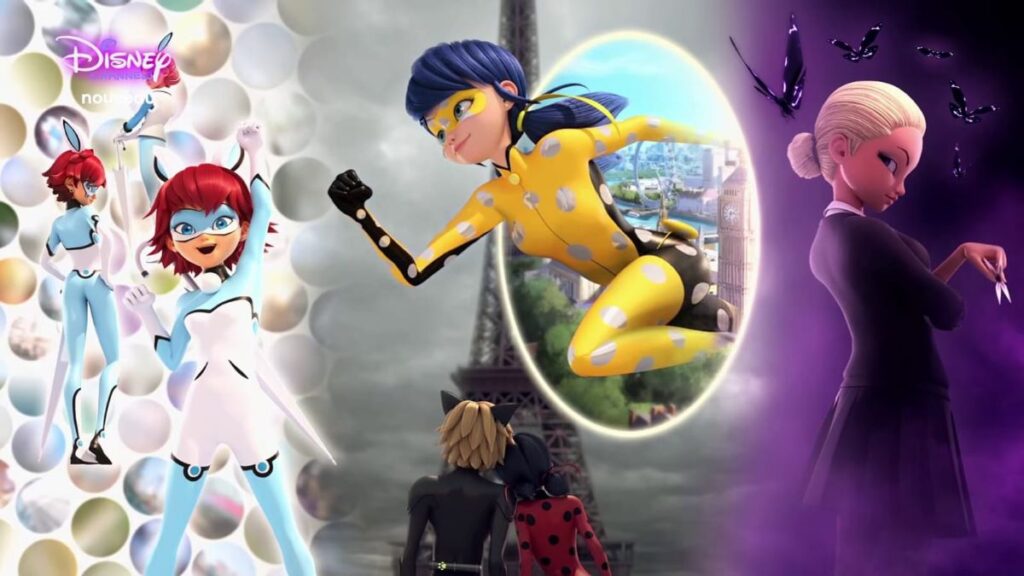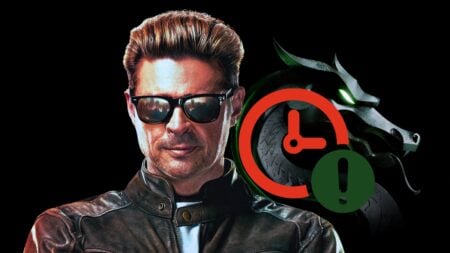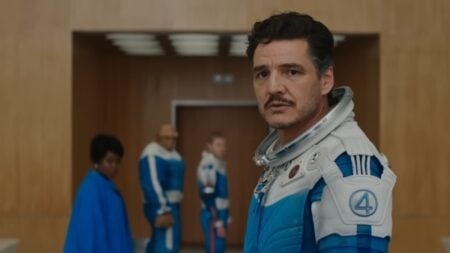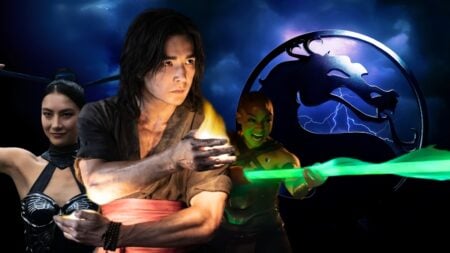The Miraculous Ladybug franchise expanded into a narrative universe rivaling most comic book empires while you weren’t looking. It’s an animated series from France about young superheroes that will celebrate its 10-year anniversary next year. The show’s sixth season will premiere next year, with several new production companies helping out. Miraculous London is a 50-minute TV movie that’s currently wrestling with the Home Alone movies to claim supremacy on Disney+’s worldwide top ten.
The chief mind behind the Miraculous series is Thomas Astruc. He cut his teeth on shows like Code Lyoko and Totally Spies before nailing down his own superhero series. The Paris-born showrunner initially imagined his opus as a show for teens, but he lightened the tone with time. The result is a heady blend of anime, American superhero comics, and a healthy dose of French aesthetic.
Miraculous Ladybug Takes London and Disney’s Top Ten

So, here’s the basic lore of Miraculous Ladybug as I understand it. At the beginning of time, the Big Bang somehow gave birth to a massive humanoid ladybug goddess called Tikki. Tikki was the first of the kwamis, a species of living embodiments of abstract concepts like creation or illusion. These beings are barely removed from gods, wielding impossible magic powers that correspond to their conceptual birth. Plagg, the kwami of destruction, killed the dinosaurs, for example. A Chinese mage later created several gems called “Miraculouses.” Those special items allow humans to wield a portion of the kwamis’ power. Some 5,000 years later, a French teen named Marinette Dupain-Cheng found Tikki’s Miraculous. Marinette became the superhero Ladybug, while her classmate, Adrien Agreste, became Cat Noir. This is the basic premise of this children’s CGI cartoon and movie series. There’s still time to jump in before season six drops.
Miraculous London would be a bad way to start with the Miraculous Ladybug multimedia franchise. It’s essentially a special post-season finale special that just barely scratches feature length. The four features form a series called Miraculous World, which covers the adventures of our heroes as they visit various foreign nations. If you’re still looking for the unique draw of this series, it’s the appeal of half a dozen forms of genre art stripped down to their bare essentials. There’s a ton of magical girl anime, Spider-Man comics, and high school melodrama in every frame of Miraculous. The villain of the week format, trauma-based antagonists, and double-life shenanigans will all speak to people who’ve seen those tropes before. The emotional honesty pierces through the show’s family-friendly tone, creating something genuinely touching from an unexpected source.
The Miraculous fandom is extraordinarily zealous, but their influence isn’t as great as some of their contemporaries. It’s a show that rewards sticking around, familiarizing yourself with the characters, and diving into the world. That mountain of lore from a couple of paragraphs ago is set dressing for a planet of lore about every minor character who ever appears on screen. It’s also the basis of a magic system that’s better than it has any right to be. Consider watching Miraculous. Sprint through season one, and you’ll be at Miraculous London in no time.








